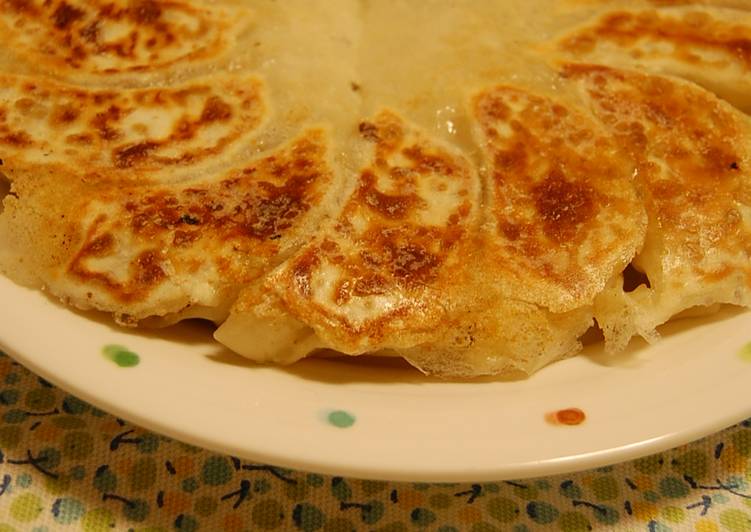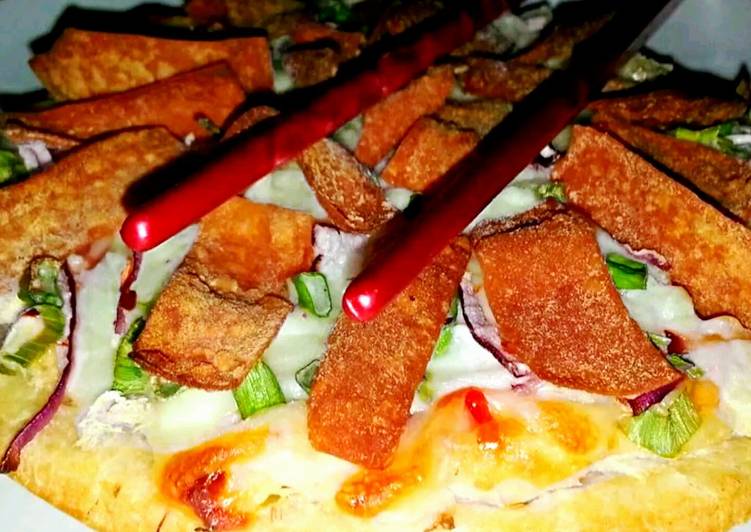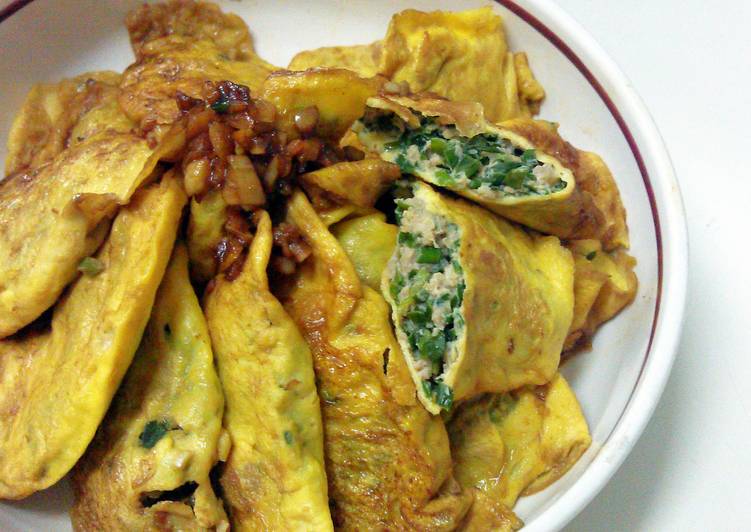
Hello everybody, it is Jim, welcome to our recipe page. Today, we’re going to make a special dish, healthy macrobiotic vegetable gyoza. It is one of my favorites food recipes. This time, I will make it a little bit tasty. This is gonna smell and look delicious.
Healthy Macrobiotic Vegetable Gyoza is one of the most popular of recent trending foods in the world. It is simple, it is fast, it tastes yummy. It’s enjoyed by millions every day. Healthy Macrobiotic Vegetable Gyoza is something which I have loved my whole life. They are nice and they look wonderful.
The macrobiotic diet emphasizes natural, organic foods free of chemicals and other artificial ingredients. Learn more about the potential benefits. Some people turn to macrobiotic diets in pursuit of better health. Others try it when they have a diagnosis, such as heart disease, obesity, or.
To get started with this recipe, we must prepare a few ingredients. You can cook healthy macrobiotic vegetable gyoza using 13 ingredients and 8 steps. Here is how you can achieve that.
The ingredients needed to make Healthy Macrobiotic Vegetable Gyoza:
- Make ready 30 Gyoza wrappers
- Get 2 Koya-dofu (freeze-dried tofu)
- Take 5 leaves Cabbage
- Take 1 knob Ginger
- Prepare 15 cm Green onions or scallions
- Get 1 Spring onions or scallions
- Prepare 70 grams Maitake mushrooms
- Get 1 large, King oyster mushroom
- Get 1 tbsp ●Soy sauce
- Prepare 2 tbsp ●Sesame oil
- Prepare 1 tsp ●Beet sugar
- Prepare 1 tsp ●Vegetarian Chinese stock powder (optional)
- Prepare 1 tsp at a time ★Plain flour (dissolved in water) to finish pan frying
These Asian dumplings are traditionally vegetarian but can also be stuffed with chicken, seafood, or vegetables. MyRecipes is working with Let's Move!, the Partnership for a Healthier America, and USDA's MyPlate to give anyone looking All Reviews for Vegetarian Gyoza with Spicy Dipping Sauce. The macrobiotic diet is a mostly vegetarian diet focusing on whole grains, legumes, and vegetables to promote longevity. Learn about its pros and cons.
Instructions to make Healthy Macrobiotic Vegetable Gyoza:
- Soak the koya-dofu in water to rehydrate. Put the cabbage into a food processor to chop. Transfer the chopped cabbage into a bowl. Sprinkle with salt (not listed in the ingredients) and leave to sit for 20 minutes. Squeeze out the water from the cabbage.
- Pulse the koya-dofu in your food processor, transfer to a separate bowl, and set aside.
- Put the green onions, spring onions, king oyster mushroom, and maitake mushrooms into a food processor and chop finely. Grate the ginger.
- Combine the ingredients from Steps 1, 2, and 3 with ● seasonings in a bowl and mix well. Wrap the mixture with gyoza pastries and pan fry.
- [Tips for frying:] Heat some sesame oil (not listed in the ingredients) and arrange the gyoza in circle. Fry over medium heat for 4 to 5 minutes. Agitate the frying pan occasionally.
- After the bottom of the gyoza has browned, drizzle over a slurry of 50-60 ml water and 1 teaspoon ★ plain flour. Cover with a lid and reduce the heat to low. Continue to fry for about 3 minutes.
- Uncover the lid and turn the heat to high. Evaporate the water and cook until crispy. The gyoza with crispy bits are done.
- This packet of Chinese stock powder is vegetarian, but if you can't find it, simply omit it.
The macrobiotic diet is a mostly vegetarian diet focusing on whole grains, legumes, and vegetables to promote longevity. Learn about its pros and cons. Is the Macrobiotic Diet a Healthy Choice for You? See more ideas about Macrobiotic, Macrobiotic diet, Macrobiotic recipes. If you would like to change your diet and become macrobiotic this step by step guide will help you do it.
So that’s going to wrap this up for this special food healthy macrobiotic vegetable gyoza recipe. Thanks so much for reading. I am sure that you will make this at home. There’s gonna be interesting food in home recipes coming up. Remember to bookmark this page on your browser, and share it to your family, friends and colleague. Thank you for reading. Go on get cooking!

